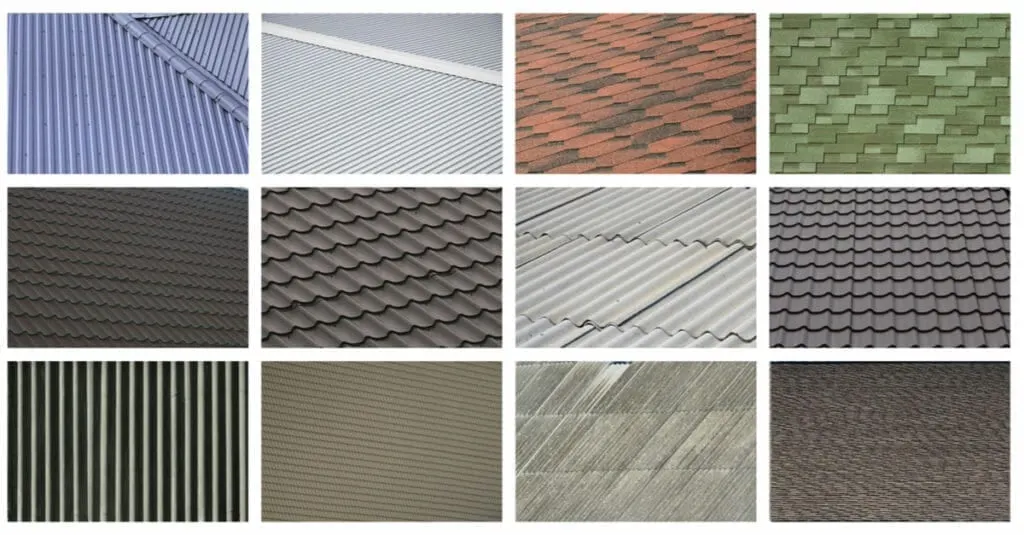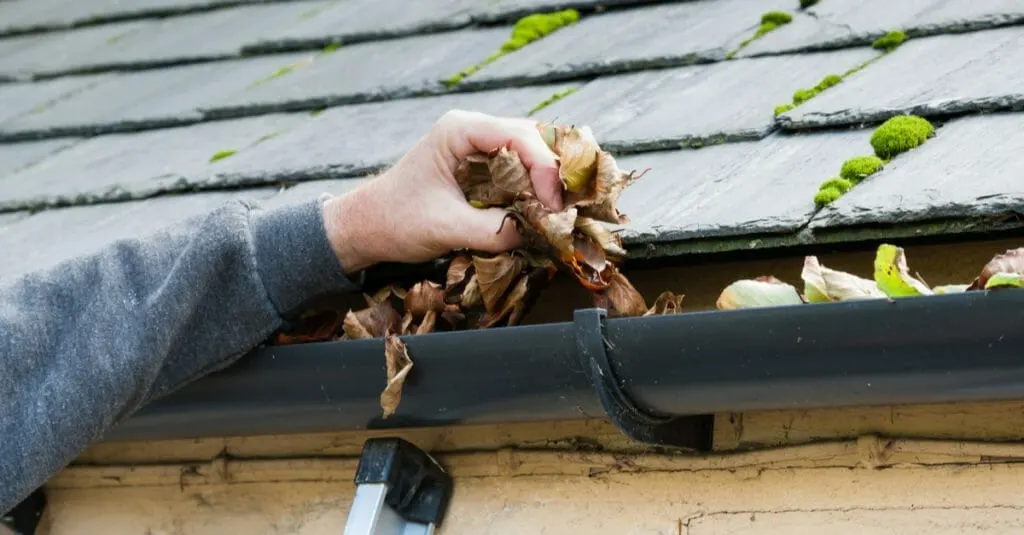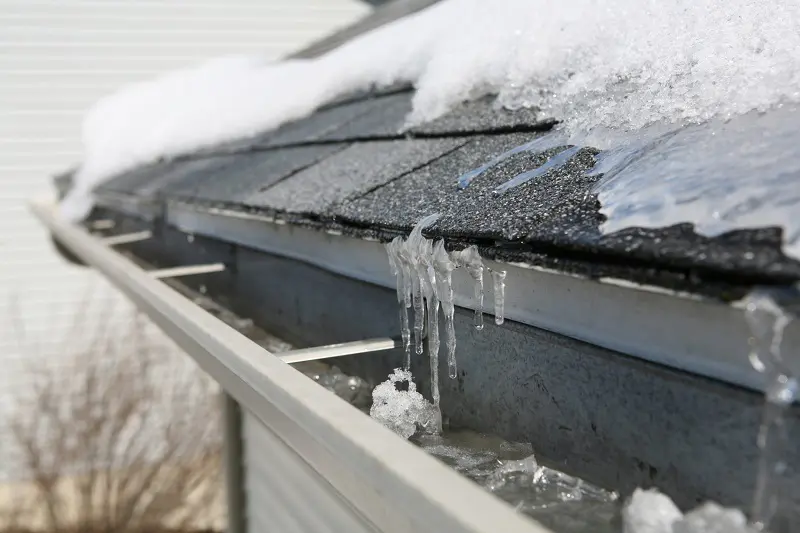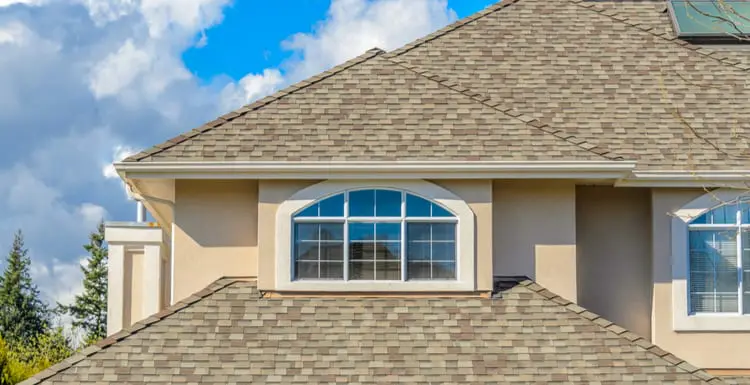So whether you’re buying or selling, it’s natural to wonder, “How long does a roof last?” The answer varies a lot.
Roof life expectancy depends mostly on the roofing systems and materials. Even under normal conditions, some roofing materials may need to be replaced as soon as five years after installation.
Other roofing materials could last as long as the building. Or even longer—more than 100 years.
Climate change and severe weather events also affect roof life. A brand-new roof made of the most durable materials can be destroyed in an instant by a tornado or hurricane.
Extreme heat, cold, and excessive humidity can significantly shorten the life of a roof. And a roof that has been installed incorrectly may not last much longer than it takes for the contractor to leave the property.
But for most roofs in most places, the lifespan will range between 10 and 20 years. To get a better estimate for any particular roof, you need to know what it is made of.
We partnered with Networx to help you find local roofing companies. Click to below to get a FREE quote.
Types of Roofs and Expected Life

Mehaniq/Shutterstock
Roofs can be made of a variety of materials, from asphalt to cedar to slate. The material is probably the biggest factor in the life of your roof. Here are estimates for some popular roofing materials.
- Asphalt shingles: Most homes have asphalt shingles. The shingles are made of a layer of fiberglass or paper with asphalt on top. The most common are three-tab shingles. These can be expected to last from 10 years to 20 years.
- Dimensional shingles: A roof made from these thick, high-quality asphalt shingles will typically last for 15 to 25 years.
- Architectural asphalt shingles: also known as premium shingles, are thicker and, of course, cost more. But they may last for 20 to 30 years.
- Composite shingles: These are made of a varying mix of ingredients that could include fiberglass, asphalt, slate, laminate, and wood. They are more durable than asphalt shingles and can be expected to last 30 to 50 years.
- Cedar: Cedar wood shakes or shingles have expected lifespans of 20 to 40 years.
- Metal: Metal roofs may be made of shingles or sheets of metal. Metal shingles could remain intact for 30 to 50 years. Standing seam sheet metal roofs last about that long as well. Ribbed metal panels, another style of metal roofing, have a typical lifespan of 25 to 40 years. The metal used makes a difference. Copper sheet metal roofs may last for more than 100 years.
- Tile: Roofs made of clay tiles are exceptionally durable, lasting from 50 to 100 years. Concrete tile roofs could be good for 40 to 75 years.
- Slate: Slate is a costly and heavy stone that looks great and has a projected lifespan of 50 to 100 years.
- Flat/gently sloping roof: The most common flat-roof material on residences is ethylene propylene diene monomer (EPDM). These rubber roofs may last 20 to 40 years.
These estimates of how long a roof will last are for normal environments. High winds, excessive sunshine, and rapid temperature changes can cause roofs to deteriorate sooner.
Installation is another variable. The company has to install it correctly to reach an average lifespan. For instance, asphalt shingles should be installed at temperatures ranging from 40°F to 85°F.
Colder weather makes shingles brittle and likely to crack, shortening their lifespan. In warmer temperatures, shingles can tear more easily or lose their granules.
Maintaining a Roof for a Long Life

Rob Kemp/Shutterstock
No matter how old your roof is, the material it is made of, or how it was installed, you can extend its life. Do this by taking good care of it. Regular maintenance of a roof should include:
Trimming Overhanging Limbs
When the wind moves limbs that touch the roof, damage to shingles can occur swiftly.
Squirrels that chew on siding use low-hanging branches to reach the house. Trimming limbs so they are at least 10 feet from the roof helps avoid both of these problems.
Cleaning the Gutters
When leaves, sticks, and other debris clog gutters, water can back up. If it gets high enough, it can get into the sheathing underneath the shingles and cause rot.
Removing gutter clogs regularly helps keep water from seeping into the roof from below.
Removing Any Leaves
Homes surrounded by large trees can trap leaves behind chimneys and in valleys. Left long enough, leaves become moist and decompose. Eventually, weeds may sprout up.
Either is bad news for a roof. Raking, brooming, or blowing leaves off the roof will keep this from happening.
Preventing Ice Dams

Suzanne Tucker/Shutterstock
Ice building up on the roof traps melting snow and can cause leaks and damage. It can damage the roof to try to remove existing ice dams, however.
The long-term fix is to insulate the attic to keep snow from melting and refreezing into dams. If dams are a recurring problem, sweep or blow snow off the roof before it has a chance to melt and re-freeze.
Regular Roof Inspections
Periodically check for missing, loose, or torn shingles. Also, look for bent or damaged flashing around chimneys, skylights, and vents. You can do the inspection from the ground using binoculars.
In addition to periodic checks, look your roof over after hailstorms and high winds. And keep an ear out for sounds of squirrels, rats, or other pests that may be trying to chew their way into the attic.
If one of your inspections spots a problem, consider contacting a contractor. Get an expert opinion and, if necessary, a repair estimate.
Repairing a roof is a lot cheaper than replacing it. And ignoring a problem that develops into a leak can be the most expensive approach of all.
We partnered with Networx to help you find local roofing companies. Click to below to get a FREE quote.
So, How Long Does a Roof Last?
The service life of an average roof is between 10 and 30 years, though weather typically reduces that timeline.
A roof lasts as long as possible, given that you maintain it well and don’t ignore obvious signs of damage.


